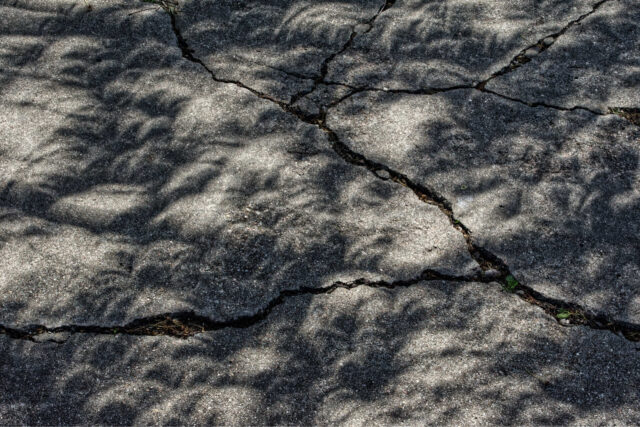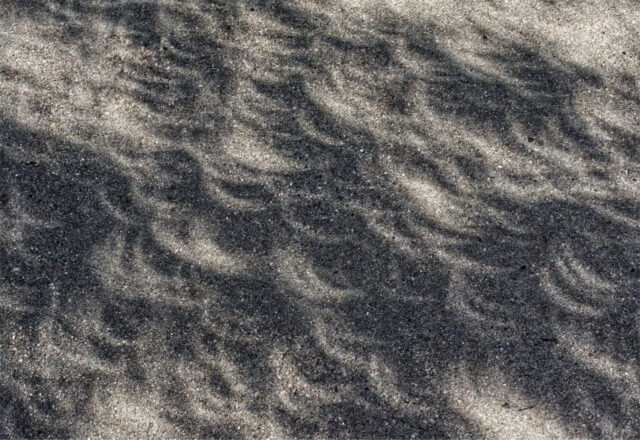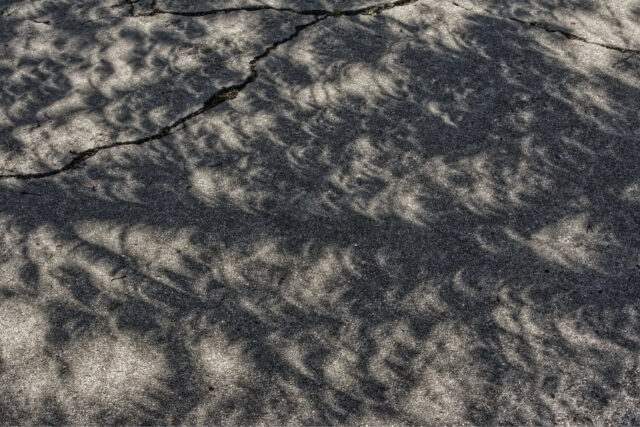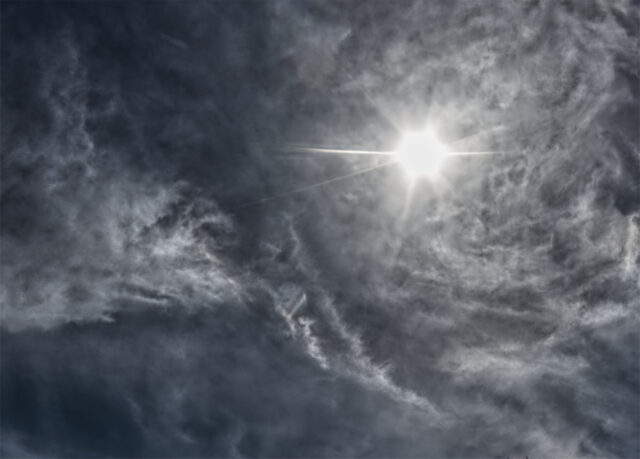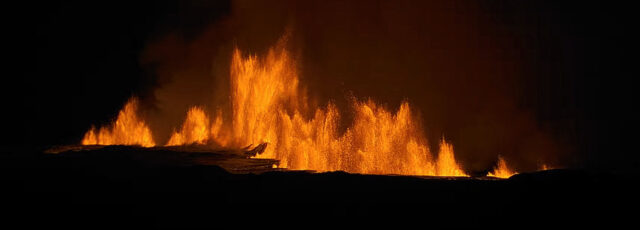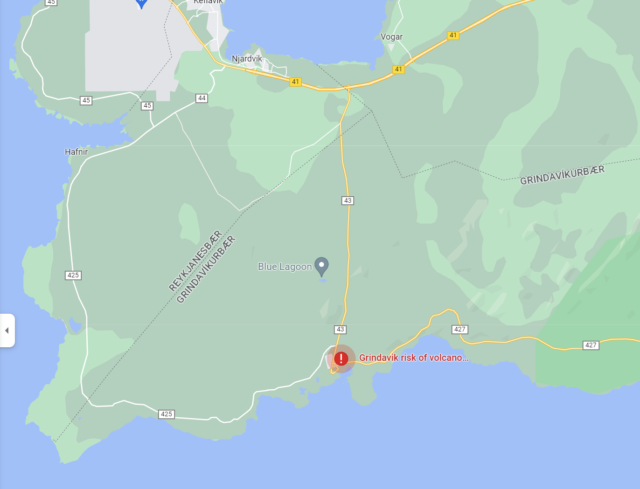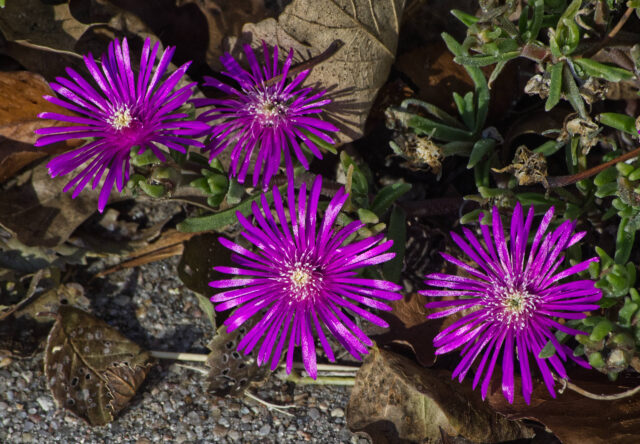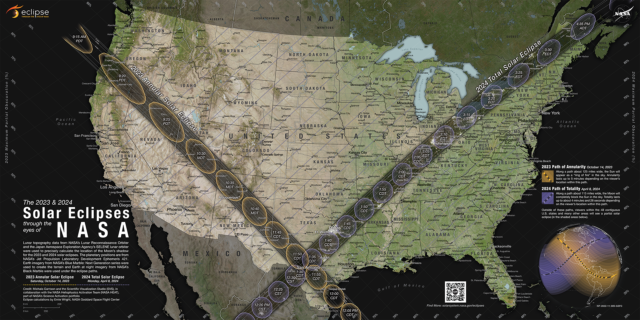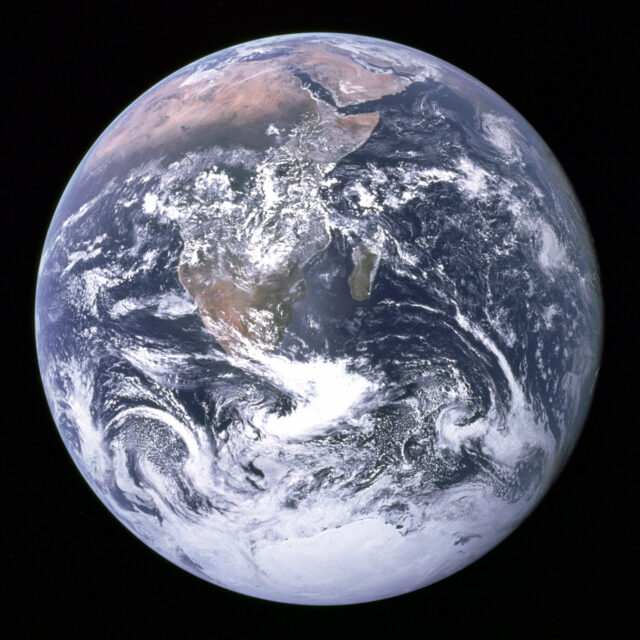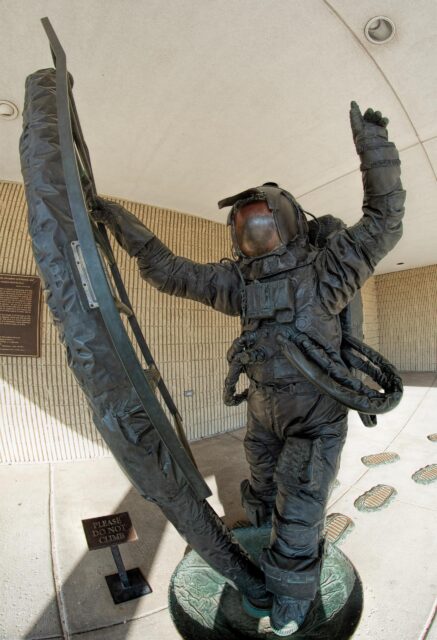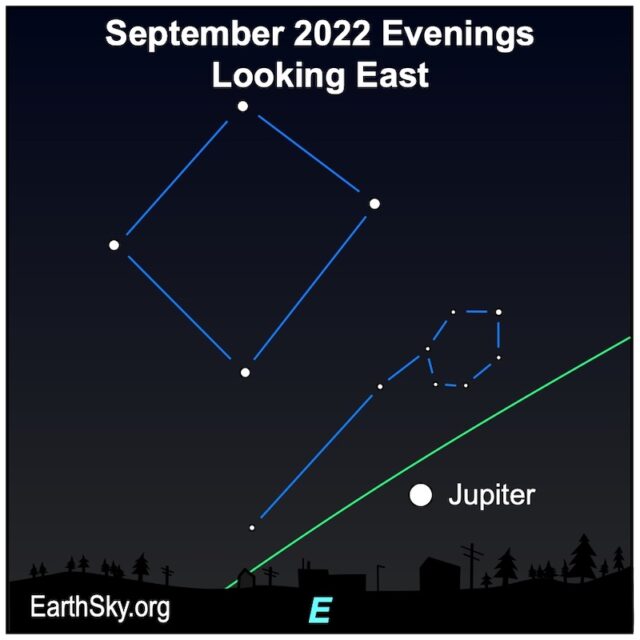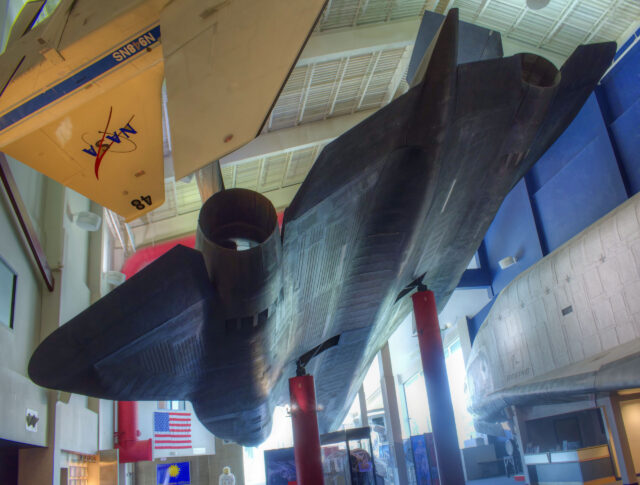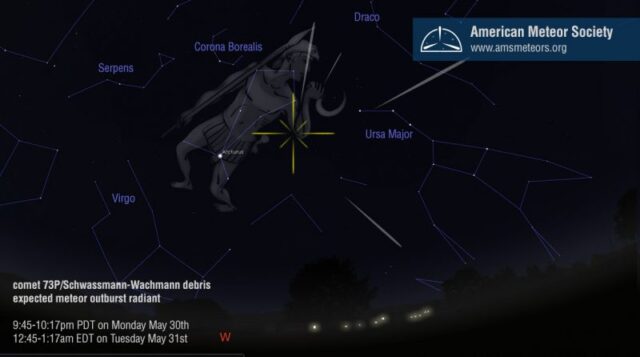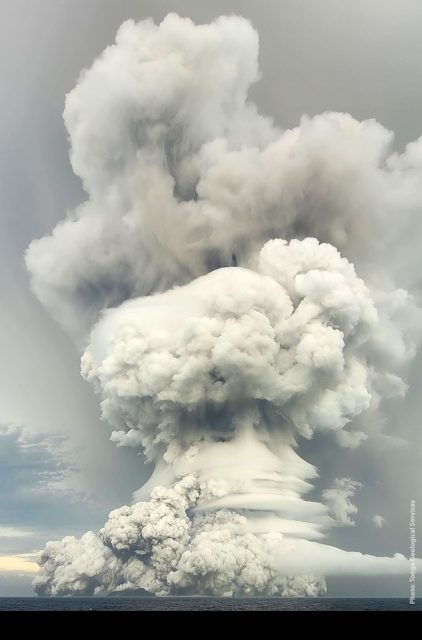I don’t have the proper filters for directly photographing the sun, so I pointed the camera down during today’s eclipse to record the crescent suns on the pavement.
Category: Science
For today
… and it begins
There’s fresh lava in the Reykjanes peninsula. See Volcano Café for information and videos.
Today’s quote
… go outside on a clear, dark night. Wait until your eyes are used to the dark and look up. Everything you see that is shining by its own light is nuclear powered. Everything you see shining in reflected sunlight (the moon, the planets), all of that is lit by nuclear power. Now look toward your house or a nearby city. Everything you see is lit by chemical bonds being broken and re-established. As someone put it, “everything God powers is nuclear; everything man powers is fire.”
See Astronomy Photo of the Day for numerous examples of nuclear lighting.
Ice, twice
Things are getting very interesting near Grindavik in Iceland. See Volcano Café for updates.
*****
Meanwhile, here in Kansas ice plants continue to bloom despite the recent 20℉ temperatures.
Morning gloom
The skies here are heavily overcast, and there is no sign of the annular eclipse going on right now other than it being slightly darker outdoors than earlier this morning.
I was luckier six years ago.
Dark times ahead
There will be an annular solar eclipse October 14, a week from Saturday. That will be followed by a total eclipse next year on April 8. The paths of both eclipses cross the USA, intersecting in south Texas not far from San Antonio. Here in Kansas I should have a pretty good view of both, assuming the weather is cooperative.
NASA has maps of the paths at various resolutions that you can download here.
Hot stuff up north
The Reykjanes peninsula in southwest Iceland was quiet for 800 years, but it’s awake now. The third eruption there in as many years has begun. I’m suspending my “no YouTube” rule this once to post this video of the eruption’s beginning. For more information, check the recent posts and comments at Volcano Café.
Update: See also here.
Update IIb: This eruption is over, but there’ll be more soon.
Update III: The Greatest Show on Earth:
Fifty years ago today …
Unlucky Thirteen
I’ve uploaded some interactive panoramas from the Cosmosphere in Hutchinson. The one above shows the command module “Odyssey” from the “successful failure” Apollo 13, flown in April 1970. You can see the rest of the additions here (click on the “recent” tab). They are best viewed in full-screen mode.
Rising in the east
If you have clear skies this week, you might want to take a look at Jupiter. It’s in opposition to the sun as viewed from the earth, and it is also the closest it’s been to the earth in 70 years.
Ad astra
If you want breathtaking landscapes, Kansas is the last place in North America to look. However, there are things worth seeing. I recently spent a couple hours at the Cosmosphere in Hutchinson, which has an impressive collection of aerospace memorabilia, including a SR-71 Blackbird in the lobby.

Postcard from Fagradalsfjall
Storm warning
If the skies are clear where you are on the night of May 30-31, check the sky around midnight (central time). There might be an intense meteor shower — maybe. Cross your fingers.1
(Via The Silicon Graybeard.)
Quote of the day
methylethyl, in the comments at Joseph Moore’s place:
Whenever I see study titles, or headlines, that involve “models”– I mentally add “In Legend of Zelda” or something equivalent to every conclusion. It helps put it in perspective. So, you know “model estimates covid spread by vaccination rate in Legend of Zelda” or “Climate model predicts 3-foot sea level rise by 2050 in Kingdom of Hyrule” or “Model predicts 10% rise in heart attack deaths with 5% increase in calorie consumption in The SIMS” Because any time you’re working with a model, you’re in video-game land, not the real world: video-game land is simplified, has far fewer variables, by definition cannot have unexpected events or outcomes, etc.
Boom
Things are a bit noisy in Tonga. (There should be a round-up of information about the Hunga Tonga Hunga Ha’apai eruption soon at Volcano Café. Update: here you go.)

